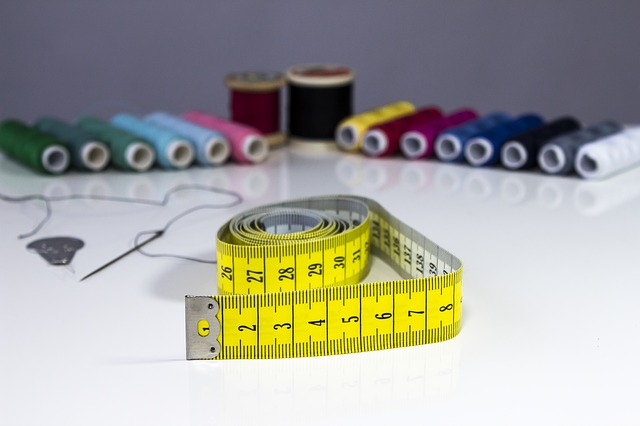Pre-production samples- your last line of defence!

Why sample?
Hi all! We thought we’d make the subject of today’s post, the pre-production sample. That’s a sample made after you’ve got your fabrics and trims, just before you go to production. We work together with you and your choice of manufacturer to get a garment that will work perfectly on the production line.
Some designers think that making a pre-production sample is a waste of time, and a spec sheet should be enough. But to us this sample is the key to a great result – and a safeguard against disaster. Here’s why.
Fabrics change.
When you order sampling lengths of fabric from your fabric supplier, they come off a small run of development fabrics. Once bulk is ordered it is added to a large quantity of other orders and then thousands of meters are produced.
There is no guarantee that the bulk fabric is produced in the same way as the sampling. It could be wound tighter, which would result in more shrinkage than the sampling fabric. Or it may stretch more. Colours may be different, as dye lots are notoriously difficult to match exactly.
More than one designer has been horrified to find that the fabric they’ve bought looks or reacts so differently that the garment no longer works. Sample again, be sure, make changes, and you won’t be lumped with a full run of unsellable garments.
Trims change
The trims used on your first sample will almost definitely be different to the trims used in production. The elastic may have been bought locally, whereas you production elastic was bought bulk. The stretch and return of this elastic may be different. You will need to see if they react and give you the same result at the end.
All machinists sew in a different way
We have seen as many versions of a welt pocket as we have known machinists. All achieve the same result, but it depends on the method they learnt at the factory they worked at. Some like welt pockets sewn as one piece for 2 welts, some like 2 x 7cm pieces, some like 2x narrow pieces to fit exactly. No one is incorrect.
Machinists require different indications
Some machinists like .5 clearance from the end of the drill hole, some like .7cm. It is at the pre-production stage that the factory sample machinist is able to work this out and change the pattern accordingly. Sure, you could tell them to just suck it up and do it your way – but wouldn’t you be happier knowing that the machinist was doing her best work?
Making a pre-production sample makes sense – it’s your final bit of insurance. Make one every time you order fabric for a new run.
If you have any questions or would like to know more about the process from design to production, please let us know in the comments area or email us at info@sampleroom.com.au